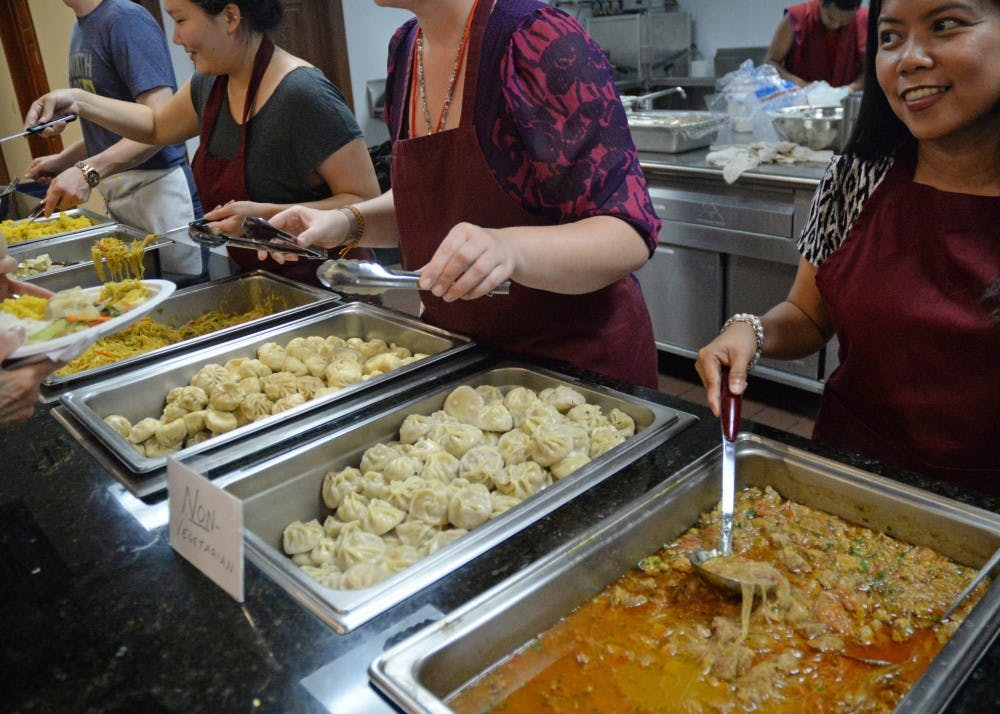Jamyang Lama, a monk at Gaden Khachoe Sing Monastery outside Bloomington, answers questions about the monastery's Taste of Tibet event happening Sept. 16. The event includes an open house to tour the monastery from 2-5 p.m. and a buffet starting at 6 p.m.
Indiana Daily Student: Why do you have the Taste of Tibet?
Jamyang Lama: First to introduce the monastery to the community people who want to see the monastery. Secondly, it’s kind of an opportunity for us to meet with the community members and to meet with old friends who used to come to the monastery. And food is also one of the best ways to make friends. Our brain goes through the stomach. Everybody likes food. And Tibetan food in the monastic way is something rare, you can’t get it all the time.
IDS: What does food prepared in “monastic style” mean?
JL: It’s a certain kind of tradition: the process, the preparation as well as some of the spices that we use.
IDS: Are all the monks here trained in that style?
JL: One thing good about the monastery is that we train about everything in life. When you are growing in a monastery you have to do cooking and everybody has their duties, and it’s all in rotation. On top of all the studies we do. You don’t just do one thing.
IDS: How long does it take to prepare everything?
JL: We’re going to cut all the vegetables today, and we prepare fresh tomorrow. So total a day and a half or two days.
IDS: What are some of the most popular dishes with the visitors?
JL: Momos. A lot of people just come for the momos. Momos are like a dumpling: we have vegetarian and non-vegetarian momos. In traditional Tibetan homes they are they are cooked very small, but in the monastery we cook in huge, large sizes.
IDS: What are some of the monks' favorite foods?
JL: The monks' favorite foods is called tsampa. This is roasted barley flour and you eat with Tibetan cheese and butter with salt tea, and it tastes the best.
IDS: Butter tea was mentioned in the event description, can you describe it?
JL: It’s a traditional Tibetan tea that people drink all day long in the monasteries. Especially when you’re doing some prayers and chanting, your throat gets dried up, so you need a butter tea to continue reciting prayers. And usually there’s a special kind of tea for butter tea called brick tea. And then we use salt, butter and milk. It’s an acquired taste. Even in our community who come to the monastery, there are a few people who love it and some people just cannot take it.
IDS: So do you think it’s possible for college students to make any of these dishes at home?
JL: Of course. Some of the dishes they take a little more longer time, like momos, it will take a little more training, you have to learn how to shape the dough. That takes a little more time to learn. But other than that, all the dishes is pretty simple to make. But a lot of time people ask us for recipes, and we don’t have recipes because everything is freehanded. We eyeball everything.
Questions and answers have been edited and condensed for clarity.






